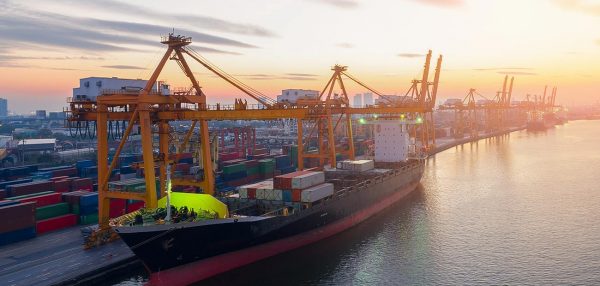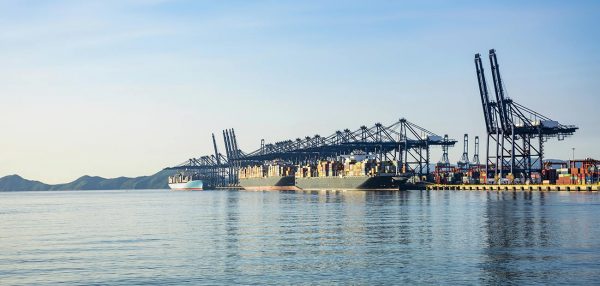Modernizing Jakarta’s fishing port
A harmonious integration of rehabilitated quay wall, mangrove breakwater and revetment, and a tidal energy-driven seawater purification system on reclaimed land.
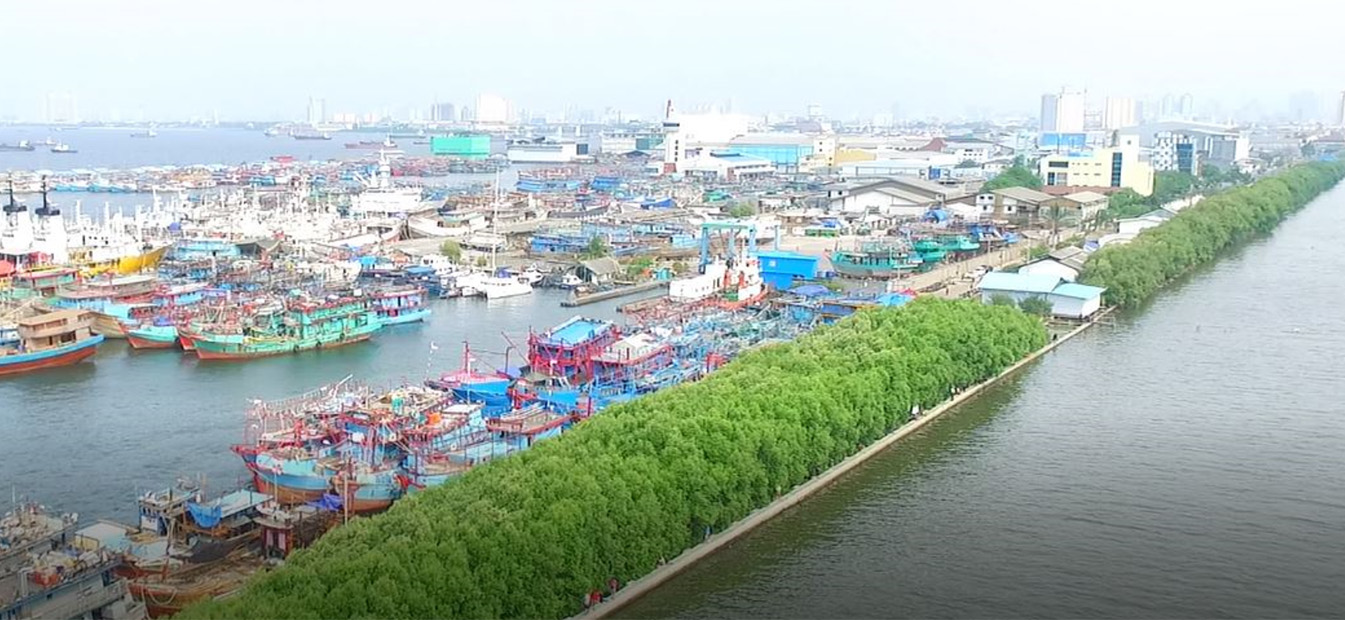
Challenge
Since 1970, the old fishing port and market, located at the former Batavia port in Jakarta, had outdated and inadequate facilities to efficiently handle the growing volume of fishery products. It prompted the necessity to upgrade the fishing industry, and enhance the livelihood of Indonesian people through fishing and other fishery-related activities.
Upon request from the Government of the Republic of Indonesia, the Japan International Cooperation Agency (JICA) piloted the feasibility study of the new Jakarta Fishing Port (JFP) in 1973. The first construction work of the project was implemented from 1980 to 1984 under a Japan ODA Loan, and the port was opened to the public on July 17, 1984. Further improvements were undertaken during the period from 1998 to 2001, followed by rehabilitation works from 2008 to 2012.
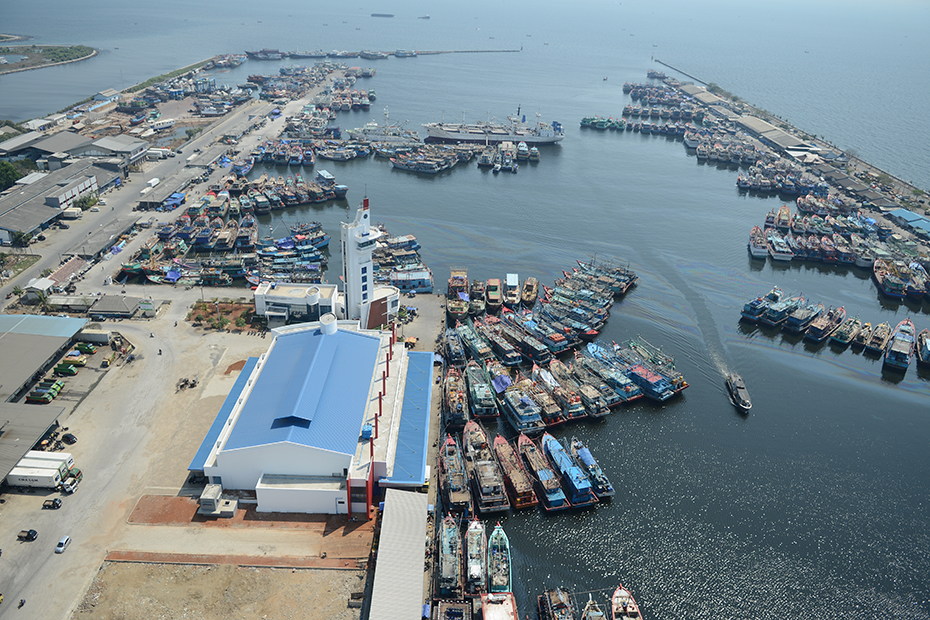
Services
Oriental Consultants Global (OCG; formerly Pacific Consultants International), continuously engaged in the JFP project with concrete engineering consulting services in each stage of the project, from implementation to rehabilitation.
The following services were performed by OCG for the new JFP project:
- Feasibility and Engineering Studies (1973-1979): Execution of the preliminary and detailed design, and preparation of implementation program and tender documents
- Phase I & II Construction (1980-1984): Construction Supervision (CS) of offshore facilities (Phase I), which involved reclamation, quay wall, breakwater, revetment, dredging and navigation aids and onshore facilities (Phase II) of buildings, cold storage, ice making plant, roads and drainage, water supply and electrical works, etc.
- Phase III Master Plan (1985-1988): Preparation of the master plan for the improvement of JFP to secure and accelerate the different port activities.
- Phase IV Enhancement (1993 to 2002): Services with tender process, detailed design and CS for further upgrades and extension of existing port facilities (sand filling, stock piling and related civil works), in order to tackle the aging defects of infrastructures and ground sinking.
- Rehabilitation (2004-2012): Preparatory, implementation and supervisory services for existing quay wall elevation to 4.5 m, road rehabilitation to handle increased traffic, and other related countermeasures.
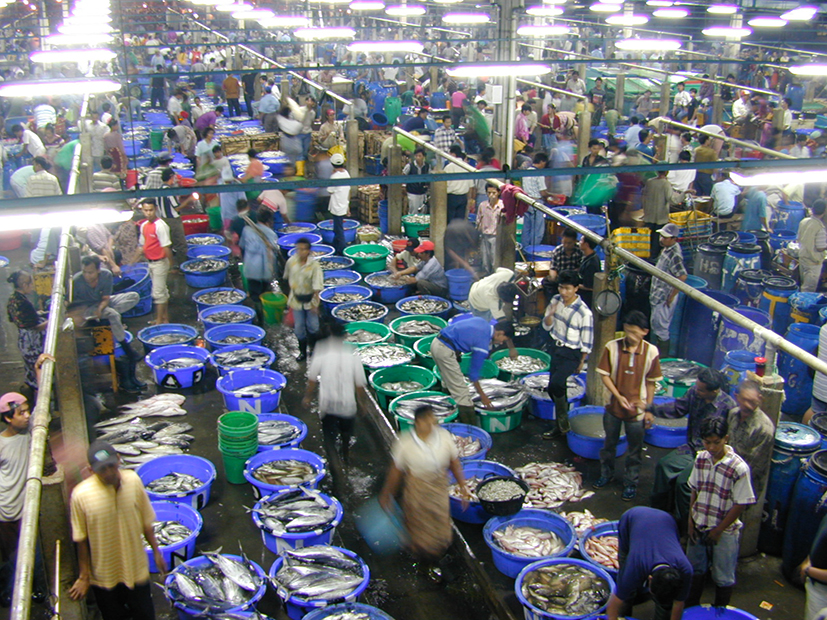
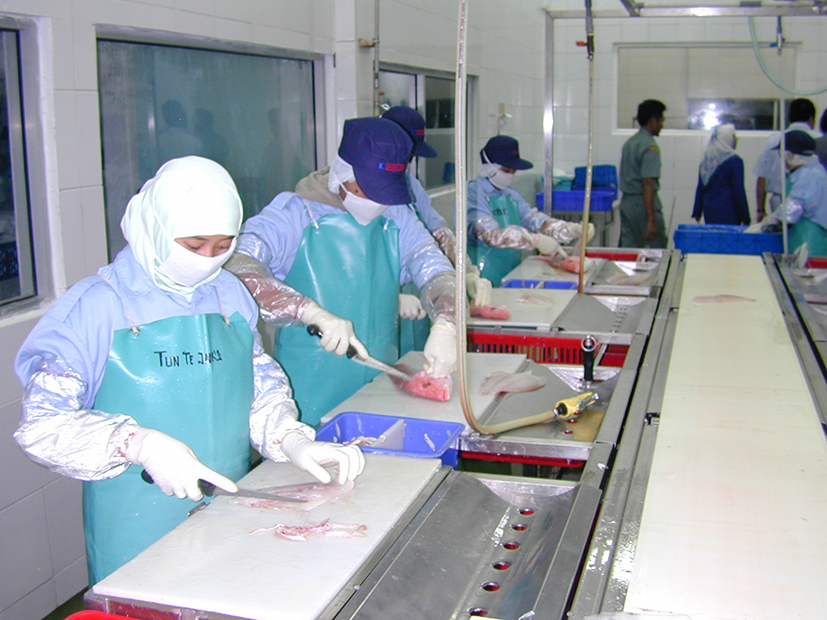
Results
JFP is now one of the world’s largest fishing ports and markets. It has 1,500 registered fishing vessels operating in the Indian Ocean, Java Sea, South China Sea, Banda Sea, and Arafura Sea. Over 100 fishery processing companies at JFP export products to Japan, USA, Europe, and Asia.
The unique engineering outcomes of the JFP project include:
i) Bamboo piles and mat foundation for revetment and breakwater, as a reinforcement to very soft subsoil;
ii) Planting of mangrove forest as a part of function of the revetment and the breakwater as a practically cost-effective approach; and
iii) Seawater purification system utilizing tidal range fluctuation, a nature-based mechanism without utilizing electric or fuel energy (Orishimo Method).
Location
Indonesia
Official Title
Jakarta Fishing Port / Market Development Project
Project Type
International Port Development
Client
Government of the Republic of Indonesia/ Japan ODA Loans
Project Period
1978 – 2012

